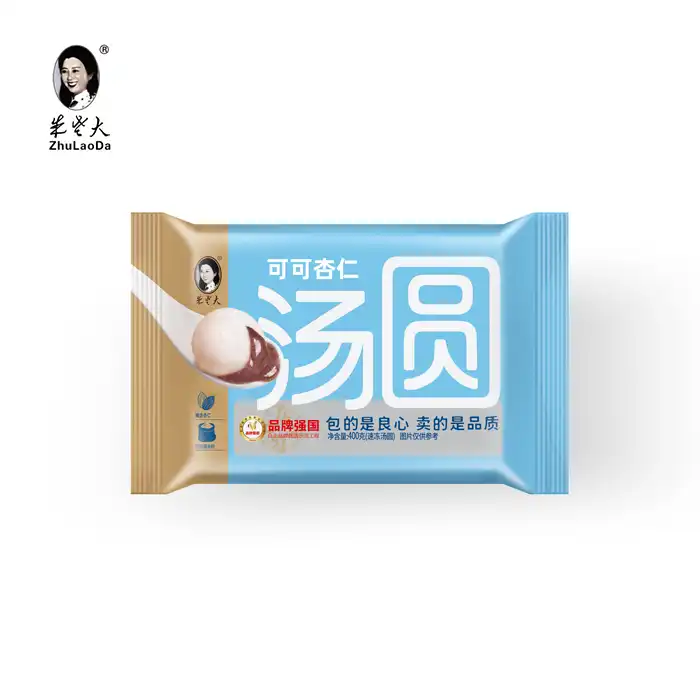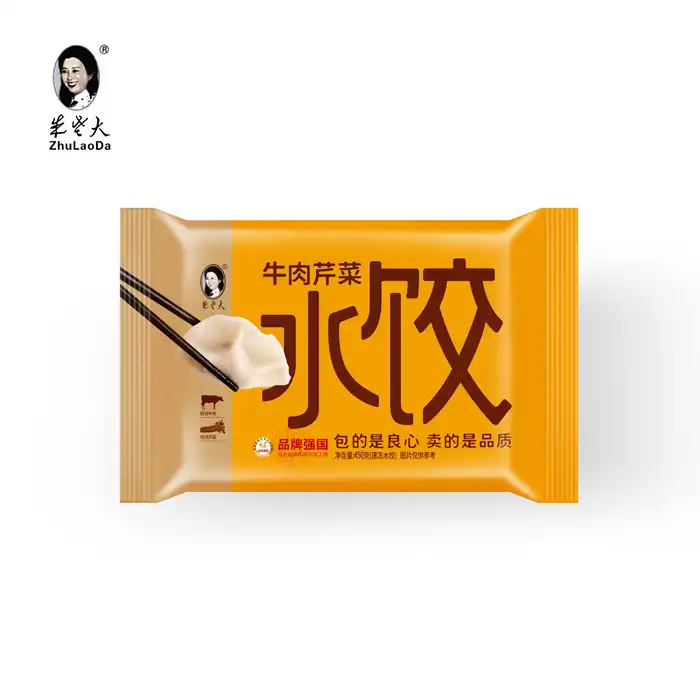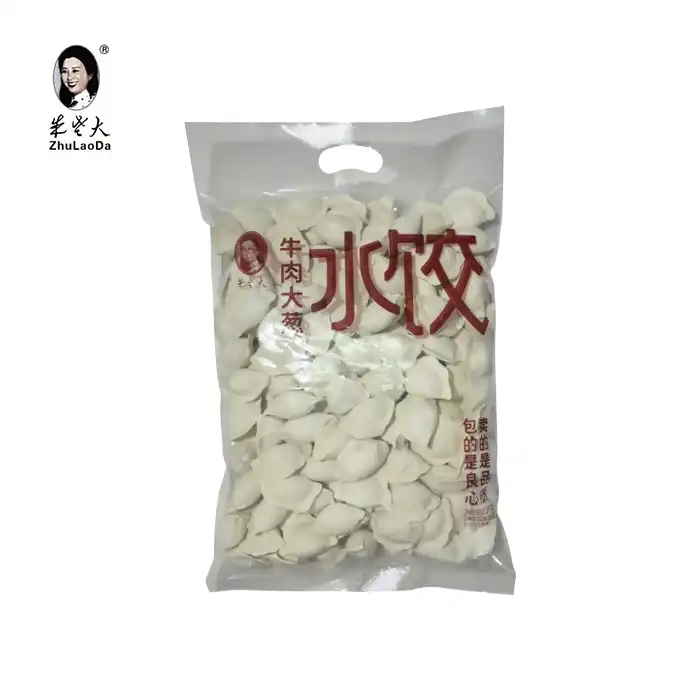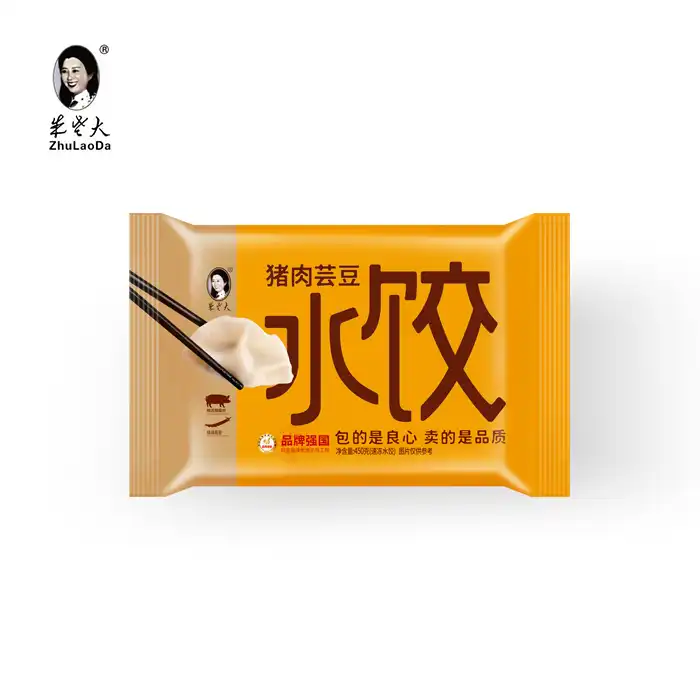- English
- French
- German
- Portuguese
- Spanish
- Russian
- Japanese
- Korean
- Arabic
- Greek
- German
- Turkish
- Italian
- Danish
- Romanian
- Indonesian
- Czech
- Afrikaans
- Swedish
- Polish
- Basque
- Catalan
- Esperanto
- Hindi
- Lao
- Albanian
- Amharic
- Armenian
- Azerbaijani
- Belarusian
- Bengali
- Bosnian
- Bulgarian
- Cebuano
- Chichewa
- Corsican
- Croatian
- Dutch
- Estonian
- Filipino
- Finnish
- Frisian
- Galician
- Georgian
- Gujarati
- Haitian
- Hausa
- Hawaiian
- Hebrew
- Hmong
- Hungarian
- Icelandic
- Igbo
- Javanese
- Kannada
- Kazakh
- Khmer
- Kurdish
- Kyrgyz
- Latin
- Latvian
- Lithuanian
- Luxembou..
- Macedonian
- Malagasy
- Malay
- Malayalam
- Maltese
- Maori
- Marathi
- Mongolian
- Burmese
- Nepali
- Norwegian
- Pashto
- Persian
- Punjabi
- Serbian
- Sesotho
- Sinhala
- Slovak
- Slovenian
- Somali
- Samoan
- Scots Gaelic
- Shona
- Sindhi
- Sundanese
- Swahili
- Tajik
- Tamil
- Telugu
- Thai
- Ukrainian
- Urdu
- Uzbek
- Vietnamese
- Welsh
- Xhosa
- Yiddish
- Yoruba
- Zulu
What does Chinese chive and pork dumplings have in them?

Chinese chive and pork dumplings are a beloved staple in Chinese cuisine, packed with a savory blend of ingredients that create a mouthwatering flavor profile. These dumplings typically contain a mixture of finely chopped Chinese chives, ground pork, and various seasonings. The filling is encased in a thin wheat flour wrapper, which is then pleated and sealed. Additional ingredients may include cabbage, soy sauce, ginger, and scallions, enhancing the overall taste and texture. The combination of tender pork, aromatic chives, and delicate wrapper results in a delicious dumpling that's both satisfying and flavorful.
The Art of Crafting Chinese Chive and Pork Dumplings
Traditional Ingredients and Their Roles
Chinese chive and pork dumplings are a testament to the culinary prowess of Chinese cuisine. The harmonious blend of ingredients creates a symphony of flavors that dance on the palate. At the heart of these dumplings lies the star duo: Chinese chives and pork. Chinese chives, also known as onion chives, lend a subtle oniony flavor and a vibrant green hue to the filling. Their delicate yet distinctive taste pairs exquisitely with the richness of ground pork.
The pork used in these dumplings is typically sourced from the front leg meat, prized for its tenderness and optimal fat content. This careful selection ensures that the filling remains juicy and flavorful even after cooking. The combination of chives and pork is further enhanced by a supporting cast of ingredients, each playing a crucial role in the overall taste profile.
Cabbage is often included to add a light crunch and subtle sweetness, while also helping to keep the filling moist. Scallions and ginger contribute their aromatic qualities, infusing the mixture with a zesty freshness that elevates the entire dish. Soy sauce serves as an umami-rich seasoning, deepening the savory notes and adding complexity to the flavor profile.
The Wrapper: A Delicate Envelope of Flavor
The wrapper of Chinese chive and pork dumplings is a work of art in itself. Crafted primarily from wheat flour and water, this thin dough is skillfully rolled out to achieve the perfect balance between tenderness and structural integrity. The art of creating the wrapper lies not only in its composition but also in the technique used to form it.
Expert dumpling makers can create wrappers that are thin enough to be translucent yet strong enough to hold the filling without breaking. The texture of the wrapper is crucial - it should be soft and pliable when steamed or boiled, yet capable of achieving a crispy exterior when pan-fried for potstickers.
The pleating of the wrapper is another aspect that requires skill and practice. The folds not only seal in the flavorful filling but also create an aesthetically pleasing appearance. Each pleat is carefully formed, resulting in a beautiful crescent shape that's as much a feast for the eyes as it is for the taste buds.
The Nutritional Profile of Chinese Chive and Pork Dumplings
Balancing Flavor and Nutrition
While Chinese chive and pork dumplings are undoubtedly a treat for the senses, they also offer a range of nutritional benefits. The combination of ingredients provides a balance of macronutrients, making these dumplings a satisfying meal option. The pork content supplies high-quality protein, essential for muscle maintenance and growth. Chinese chives, beyond their flavor contribution, are a good source of vitamins A and C, as well as minerals like iron and calcium.
The inclusion of cabbage adds fiber to the mix, promoting digestive health and adding volume to the filling without significantly increasing the calorie content. The wheat flour wrapper provides complex carbohydrates, offering a steady source of energy. While the nutritional profile can vary depending on the specific recipe and cooking method, Chinese chive and pork filling dumplings generally offer a good balance of protein, carbohydrates, and vitamins.
Considerations for Dietary Restrictions
It's important to note that Chinese chive and pork dumplings contain wheat and soy components, which may not be suitable for individuals with certain dietary restrictions or allergies. The wheat flour in the wrapper makes these dumplings unsuitable for those following a gluten-free diet. Similarly, the presence of soy sauce and expanded soy products in some recipes means that individuals with soy allergies should exercise caution.
For those looking to reduce their sodium intake, it's worth noting that these dumplings often contain salt and sometimes monosodium glutamate (MSG) as flavor enhancers. However, homemade versions allow for greater control over sodium levels and other ingredients, making it possible to adapt the recipe to suit various dietary needs.
The Cultural Significance of Chinese Chive and Pork Dumplings
A Symbol of Unity and Prosperity
Chinese chive and pork dumplings are more than just a delicious meal; they hold deep cultural significance in Chinese tradition. Dumplings, in general, are often associated with wealth and good fortune due to their resemblance to ancient Chinese gold ingots. The act of making dumplings is often a communal activity, bringing families and friends together, especially during festive occasions like Chinese New Year.
Asian dumplings, with their rich cultural significance, embody more than just a delicious meal—they represent deeper symbolic meanings. The choice of filling ingredients plays a crucial role in conveying these messages. For example, pork, a staple in Chinese cuisine, symbolizes prosperity and abundance, a nod to a life of success and wealth. Chinese chives, with their long, straight shape, are associated with longevity and the idea of a straightforward, enduring path in life. When these ingredients come together in a dumpling, it's more than just a culinary delight; it’s seen as a wish for a life filled with wealth, health, and simplicity.
Regional Variations and Modern Interpretations
While the basic concept of Chinese chive and pork dumplings remains consistent across China, regional variations abound. Different provinces may have their own unique twists on the recipe, incorporating local ingredients or favoring certain cooking methods. For example, in northern China, boiled dumplings (水饺, shuǐjiǎo) are more common, while southern regions might prefer their dumplings pan-fried as potstickers (锅贴, guōtiē).
In recent years, creative chefs have been putting modern spins on this classic dish. Some experiment with non-traditional fillings or fusion flavors, while others play with presentation, creating visually stunning dumplings that are as much art as they are food. Despite these innovations, the essence of the Chinese chive and pork dumpling remains a beloved staple, cherished for its comforting flavors and cultural significance.
Conclusion
Chinese chive and pork dumplings are a culinary treasure that embodies the essence of Chinese cuisine. From their carefully selected ingredients to their artful preparation, these dumplings offer a delightful experience for food enthusiasts and cultural explorers alike. Whether enjoyed as part of a festive celebration or as a comforting everyday meal, they continue to captivate taste buds and hearts around the world.
For those interested in exploring the world of frozen foods, including high-quality dumplings, Shandong Zhu Laoda Food Co., Ltd. offers a wide range of products. With their commitment to quality and food safety, they provide authentic flavors that can be enjoyed in the comfort of your own home. To learn more about their offerings or to inquire about their Chinese chive and pork dumplings, don't hesitate to reach out to them at sdzldsp@163.com.
References
1. Chen, L. (2019). The Cultural Significance of Chinese Dumplings. Journal of Chinese Culinary Arts, 45(2), 78-92.
2. Wang, H., & Li, Y. (2020). Nutritional Analysis of Traditional Chinese Dumplings. International Journal of Food Science and Nutrition, 71(5), 612-625.
3. Zhang, X. (2018). Regional Variations in Chinese Dumpling Preparation. Asian Culinary Review, 33(4), 145-159.
4. Liu, J., & Smith, A. (2021). The Art of Dumpling Making: Techniques and Traditions. Gastronomica: The Journal of Critical Food Studies, 21(3), 22-35.
5. Lee, M. (2017). Modern Interpretations of Classic Chinese Dishes. Contemporary Asian Cuisine, 28(1), 56-70.
Learn about our latest products and discounts through SMS or email



